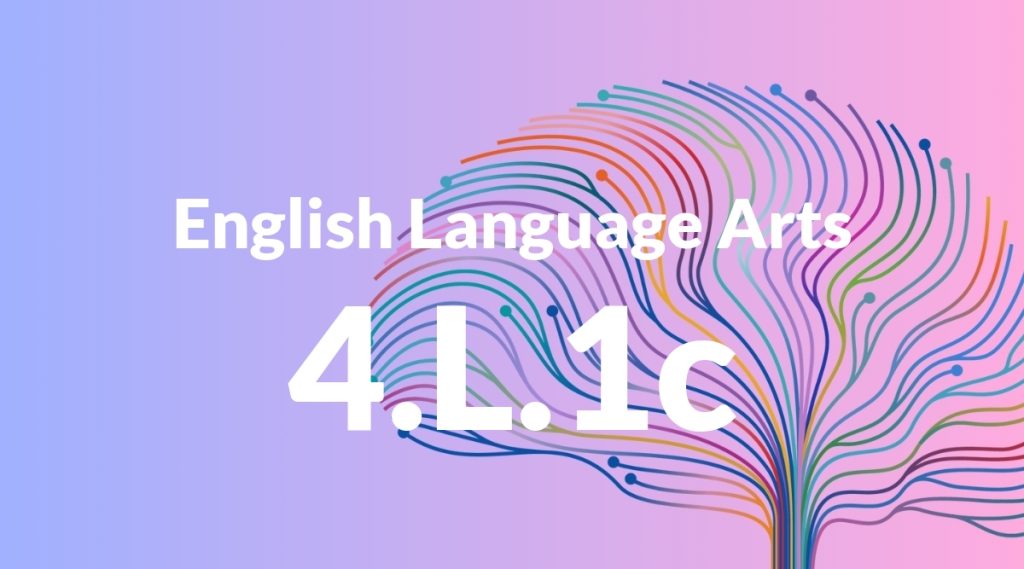Standard: 4.L.1c – Use modal auxiliaries (e.g., can, may, must) to convey various conditions.
Grade level: Grade 4
Subject: English Language Arts
Domain: Language
Teacher Overview
This standard focuses on helping students use modal auxiliaries such as ‘can,’ ‘may,’ and ‘must’ to convey different conditions in their writing. Mastery of this standard will enhance students’ ability to write more nuanced and precise sentences, which is a critical skill in effective communication. Students should have a solid understanding of basic sentence structure and verb identification before tackling this standard. This foundational knowledge will help them grasp how modal auxiliaries modify the meaning of verbs in sentences.
After mastering this standard, students will be able to use modal auxiliaries to add complexity and clarity to their writing, preparing them for more advanced language skills in later grades.
Common Misconception 1
A common misconception is that all modal auxiliaries are interchangeable. This is incorrect because each modal auxiliary conveys a different meaning or condition. For example, ‘can’ indicates ability, while ‘must’ indicates necessity.
Intervention 1
To address this misconception, provide students with practice sentences that require them to choose the correct modal auxiliary based on the context. Discuss why one modal is more appropriate than another in each case.
Common Misconception 2
Another common misconception is that modal auxiliaries can be used in any sentence without changing the meaning. This is incorrect because the choice of modal auxiliary can significantly alter the intent or condition being expressed.
Intervention 2
Use sentence transformation exercises where students see how changing the modal auxiliary changes the meaning of the sentence. Discuss these changes as a class to reinforce understanding.
Prerequisite Knowledge
Students should understand basic sentence structure and be able to identify verbs in sentences.
Subsequent Knowledge
Students will be able to use modal auxiliaries to add nuance to their writing, enhancing their ability to express different conditions and intentions.
Instructional Activities
- Create sentence strips with different modal auxiliaries and have students match them with appropriate main verbs.
- Role-play activities where students must ask for permission, make requests, or give suggestions using modal auxiliaries.
- Sentence transformation exercises to practice changing the meaning of sentences by swapping out modal auxiliaries.
- Group discussions analyzing the use of modal auxiliaries in short reading passages.




